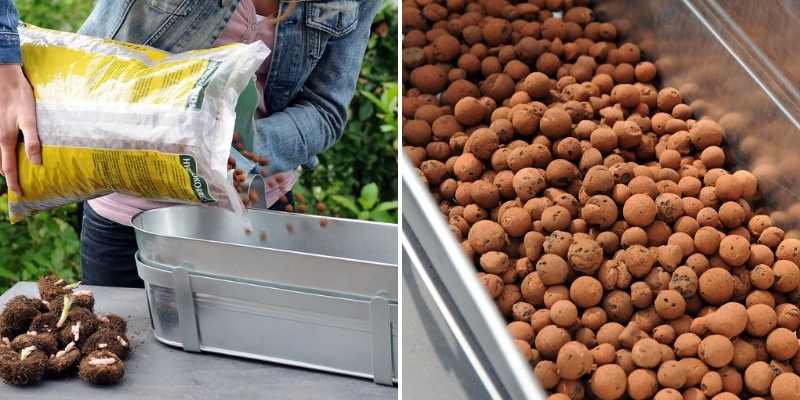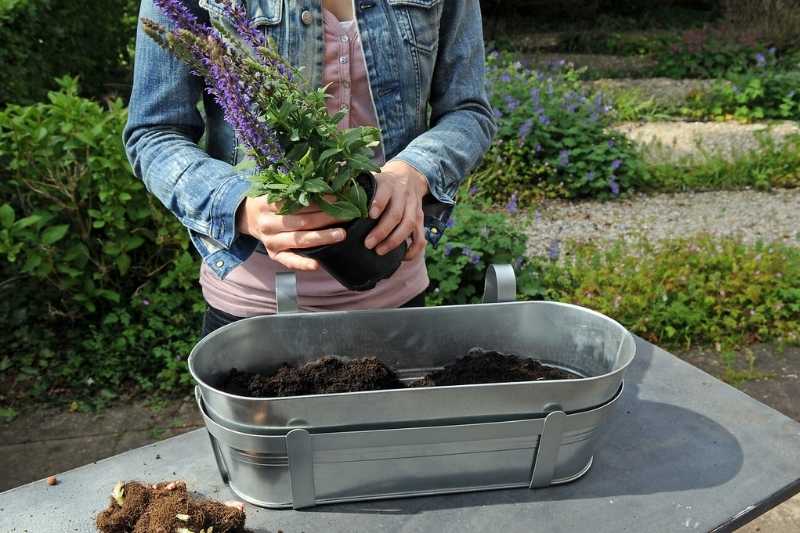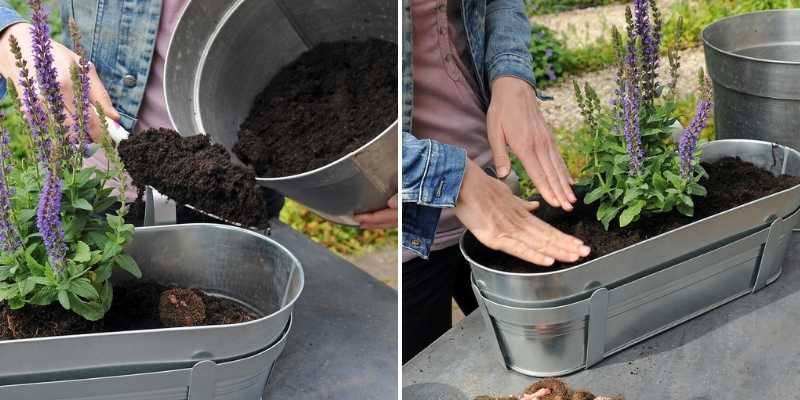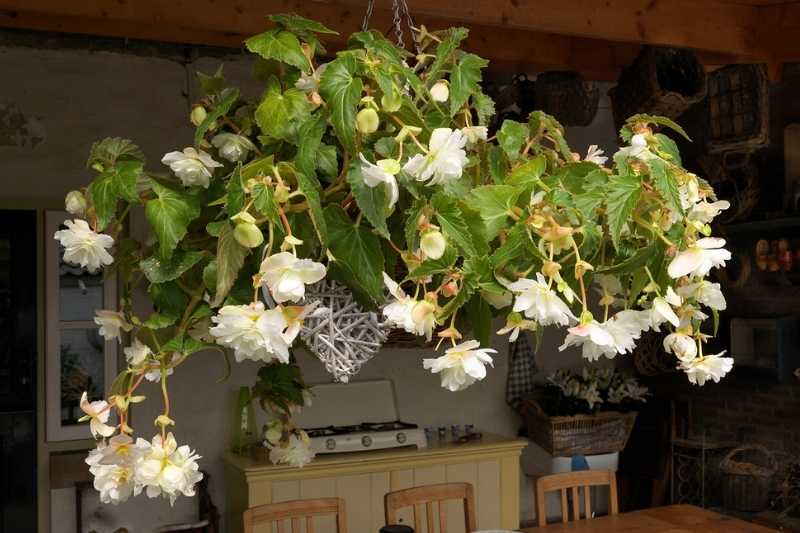Begonias are stunning, vigorous plants that offer abundant and spectacular flowering for several months. There is a multitude of begonias: trailing varieties, single flowers, double flowers, yellow, red, white... there's something for every planter and every combination. Moreover, these flowers require little maintenance and are undemanding. Discover our step-by-step tutorial to create a beautiful begonia planter.
Before you begin: when to create this begonia planter?
Begonias are sensitive to cold, so wait until the last frosts have passed to plant begonia bulbs, usually in May. You can also start as early as February by keeping the planter under shelter.
1- Choose the right container and drainage:
- Begonias struggle with excess moisture. Choose a planter 45 to 60 cm long with drainage holes. If there are no holes, you can drill your planter using a drill or a sharp object (such as a screwdriver) and a hammer.
- Place a layer of clay pebbles to facilitate drainage.

2- Add potting compost
- Choose a special planter compost or a geranium compost. These composts are particularly suitable and will provide the essential nutrients for your begonias' growth. Avoid so-called "universal" or very cheap composts.
- Fill your planter halfway.
- Water the compost generously, preferably with rainwater, using a sprayer.
- We chose to add a woodland sage (Salvia Nemerosa 'April Night') to our planter to add colour while waiting for the begonias to develop. Check that the root ball of your sage is moist. If not, soak it for 30 minutes, then remove the pot and plant the sage in the centre of the planter.

3- Add your begonia bulbs
Choose healthy begonia bulbs. Place them with the tip facing upwards. Here, we placed two Begonia bulbs on either side of the sage, staggered.

4- Cover and water
- Cover your begonias with compost and firm it down to ensure the roots are in proper contact with the soil. Also firm the compost around the sage.
- Water your planter generously with a fine spray, using a watering can or sprayer, until water drains from the bottom.

5- Maintenance and overwintering
- Water your planter regularly when the soil dries out, but avoid overwatering, keeping the compost moist but not soggy. Be vigilant during hot spells.
- Water directly at the base of the plants and avoid wetting the foliage to reduce the risk of powdery mildew.
- Place your planter in full sun or partial shade. Avoid the scorching midday sun, especially in hot regions.
- Begonias are sensitive to frost. To keep your planter flowering, you can bring it indoors during the cold season, in a bright and airy room, reducing watering. Begonias can be overwintered this way for several years.
- In spring, repot your begonias and sage to refresh the compost and provide new nutrients.
- Feed regularly with liquid fertiliser or use slow-release fertilisers like Osmocote® Exact 6-month cones.

A hanging begonia display indoors during winter.
To go further:
- Discover all our varieties of begonia bulbs.
- Want to plant begonia plug plants? Check out our step-by-step tutorial for planting plug plants in a planter.
- Read our guide on bedding begonias: planting, growing, and care.
































Comments